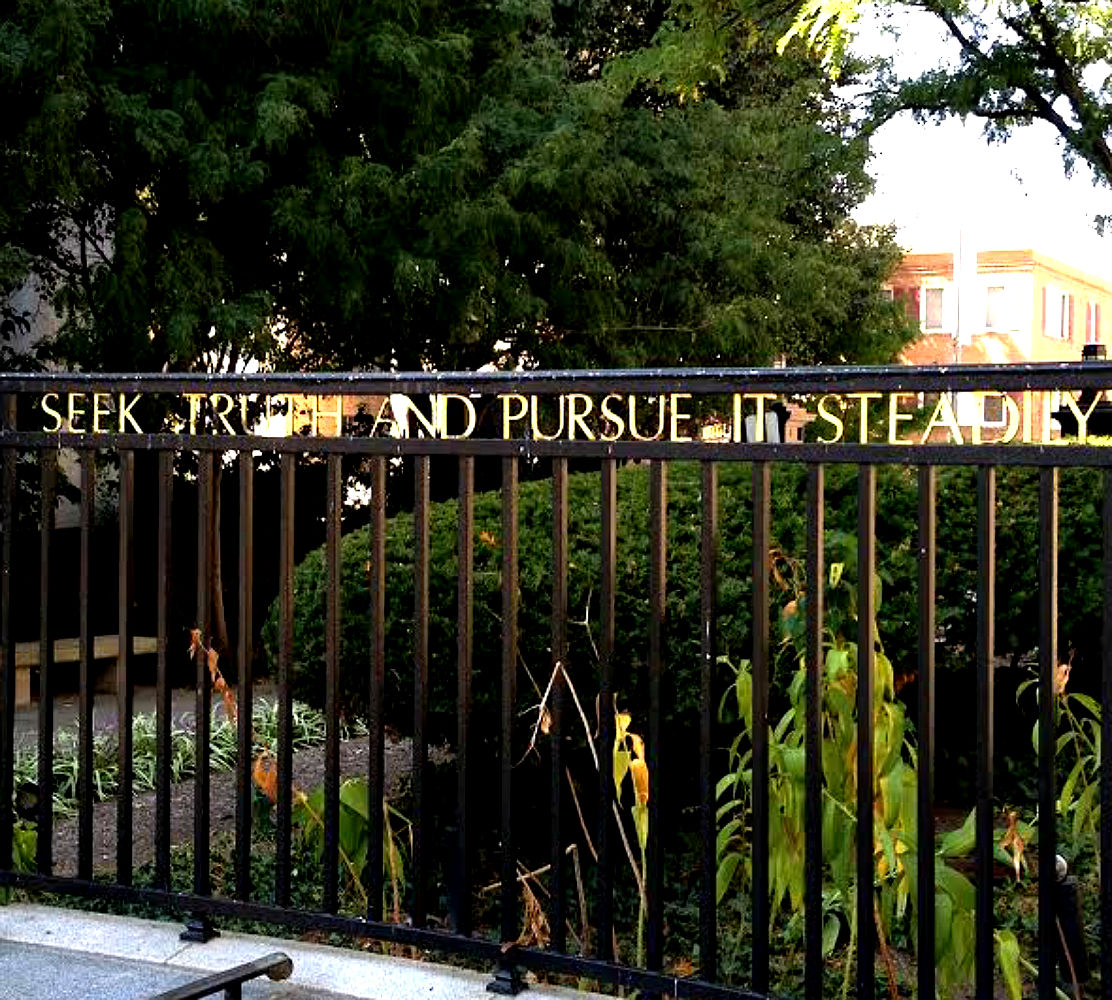“Storytelling is important. Part of human continuity.” – Robert Redford
(Storytelling, Part Two) The history and physical, the progress notes, the testing are combined in the medical record, weaving these threads together to form the narrative that is the story of the patient. The electronic medical record (EMR) represents a threat to that, and the story unravels.
It is no wonder, and should come as no surprise, that many doctors in general, and myself in particular, buck and chafe with the imposition of the EMR that is nearly ubiquitous in hospitals, and physician offices and clinics.
Most systems are unwieldy and do not integrate well into the work flow, especially in an office or clinic setting. So either the physician continues on with the old processes, saving the charting for later after the completion of the visit (which has some problems with recall, workflow, and time management, as you might imagine), or the physician’s nose is buried in the laptop or tablet device, focused on clicking the right boxes, the right templates.
In both circumstances, the narrative breaks down.
The heart of this narrative is derived from the communication between the physician and the patient, both verbal and non-verbal. This builds trust, the foundation of the physician-patient relationship, trust that is built by the attention to their story, taking the time to listen. Maintaining eye contact, reading body language. For all too many patients, this may be one of the only times and places in their life where someone does, in fact, listen to what they have to say. When you can’t pay attention because of the computer in front of you, or because you can’t take the time because you have to get to the chart and the next patient (or both), the communication breaks down, the bond begins to strain–if you were even able to establish a bond in the first place in these circumstances.
Make no mistake, patients notice this. They don’t like it, either. Patients don’t like this exactly because they feel that the physician or other provider is not paying attention to them. They see physicians (and nurses, and any number of other healthcare providers and assistants) focused on the computers, making eye contact with the screen instead of the patient, and feel like the doctor or nurse cares more about the computer than about them. This is not completely wrong or unfounded, and it is reflected in hospital and quality scores, ratings, comments.
The documentation, the medical record, the notes — all of those things that go in to telling the story about what is going on with the patient, and how that story is communicated, suffers. When you go to write their story, the nuanced and detailed narrative that lays out the history and the findings and the logic and the plan, and you find it reduced to checklists and templates, a series of checks in boxes, the story gets lost. It is buried in a mountain of information that lends little to nothing to the problem, or story, at hand. All we see is a laundry list of conditions, of symptoms, of tests, pertinent and not, present or absent. We can barely tease out the details we need, if they are even there. No story, no narrative. Almost unintelligible and useless, pages and pages of tightly spaced words, important information buried like a needle in a haystack.
This change has been fantastic for insurance companies, billing services, tracking quality measures, any entity that needs to simply track data points. But the current state of EMRs, with few exceptions, is generally a disaster in communicating between colleagues and telling the story, telling it right. There are a few people who have mastered or even like their EMR (I would say a minority), and have, with various add-ons like voice recognition software or even “medical scribes,” found a way to get back to a record that tells a story. But this comes at a significant (and to many practices and practitioners, unaffordable) price, in time & effort, or money, or both. I don’t think any physician can say with a straight face that their EMR has enhanced their work flow or ease of patient care, and will most likely admit that even in the best of circumstances they cannot see the same numbers of patients or spend the same quality of time with the patients they do see. And so the story suffers.
In this most human of human endeavors, a person caring for another person, we are risking our humanity, the humanity of attention and touch and connection. We risk our own humanity, as we feel like automatons and data entry technicians; and risk the humanity of our patients, reduced to check boxes, templates, and data points. We lose the humanity and connection with our colleagues and staff with stilted or ineffective communication. And we lose the story, a very human story.
I am not alone with these concerns. The internet and medical blogs, academic journals and medical news, are full of pieces discussing issues around the EMR. One might even conclude that we think of little else these days. Even as I sat to write this piece, I encountered excellent discussions of these issues with the EMR. Writing for KevinMD, James Salwitz, M.D., describes problems with medical IT and the EMR in emulating and respecting the workflow and process. Linda Hertzberg, M.D., also in KevinMD, discusses not just the loss of narrative but actual information, with EMRs that can’t communicate, that can’t incorporate outside data, that clumsily handle paper and electronic media. Reading these and others, before and since, reinforces the sense that the frustration I feel is not mine alone.
So the story unravels before our eyes. It is past time (but not too late, never too late) to demand that EMRs emulate both the process and product of this storytelling that is the medical record, the documentation of our patients’ care. Technology has already done so much to advance and enhance patient care. Physicians were early and enthusiastic adopters of technologies from automobiles and telephones, to pagers and computers, to PDAs and cell phones, and now smart phones. All of these insinuated themselves so completely and enhanced the ability of physicians to care for their patient so seamlessly, that we wonder what we ever did without them. Indeed, there is some hope, as I conclude from a recent article from Nuviun, by Dr. Bill Crounse, that the ease of adoption of mobile devices and their wide acceptance among physicians may make a promising platform for the EMR. At least it may improve workflow, if not the final product.
The experience of using an EMR should be as seamless and unobtrusive and indispensable as these other technologies we have so readily adopted, and we should expect no less. We need to continue to demand an EMR that enhances the experience with our patients, not inhibiting it. An EMR that increases efficiency and enhances workflow, not disrupting it. An EMR that incorporates the information from diverse sources so it can be easily compared, manipulated and reviewed within the system. An EMR that facilitates meaningful communication among and between colleagues and staff, both in the hospital and office/outpatient settings. An EMR that helps tell the story, preserves the storytelling.
The Story is important. The Storytelling is important. They are too important to lose.


This is on the mind of other doctors, too, as evidenced by a new post on KevinMD, http://goo.gl/fb/vFJedK.
Dr. Margalit Gur-Arie talks about losing the soul of the medical record.
It is part of the art of the practice of medicine. As a doctor, you combine science and technology with the art and humanity in taking care of patients, communities, even society. That balance is behind the great challenge and great reward of this profession.